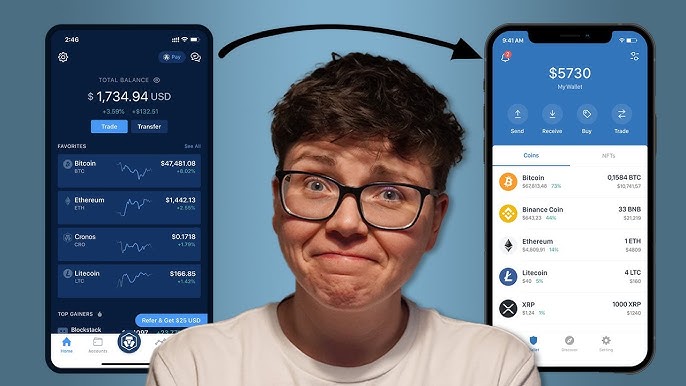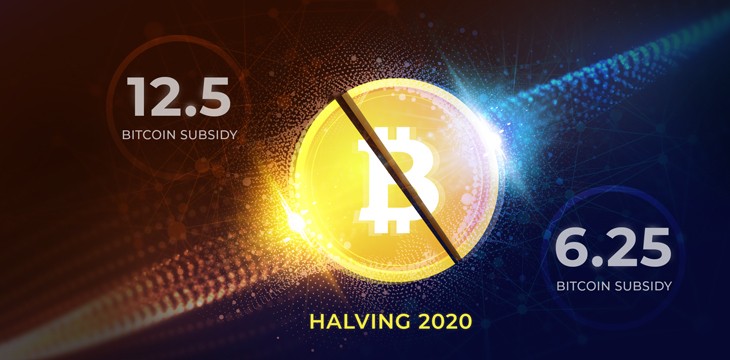Binance USD (BUSD) is a fully fiat-collateralized stablecoin pegged to the U.S. dollar at a 1:1 ratio. Developed in partnership between crypto exchange Binance and regulated financial firm Paxos, BUSD was launched in 2019 and stands out for being one of the few stablecoins approved by the New York State Department of Financial Services (NYDFS). In a volatile crypto market, BUSD offers a secure and transparent way to hold and transfer digital dollars.
BUSD’s Regulatory Edge and Launch Story
BUSD officially launched in September 2019, just days after receiving NYDFS approval. Paxos issues and manages the stablecoin, ensuring that each BUSD in circulation is backed by actual U.S. dollars held in reserve. Binance added the token to its platform shortly after, with trading pairs including BTC, XRP, and BNB.
Monthly audits by accounting firm Withum provide transparency, a feature that differentiates BUSD from many competitors in the stablecoin ecosystem. These audits, published publicly via NYDFS, reinforce trust in the token’s 1:1 backing.
Also read: What Is Ethereum Staking? How It Works, Benefits, and Risks Explained
How BUSD Works: Technology and Compliance
BUSD operates as both an ERC-20 and BEP-2 token, enabling wide compatibility across the Ethereum and Binance Chain ecosystems. Its underlying technology includes smart contracts for secure, trustless transactions, and a deflationary mechanism that ensures stability. When users mint or redeem BUSD, the token supply is dynamically adjusted, with new tokens issued or burned accordingly.
Importantly, BUSD includes a “SetLawEnforcementRole” function, allowing Paxos to freeze or control funds involved in illicit activity—a controversial but effective compliance feature aligned with NYDFS regulations.
Key Use Cases: Trading, Hedging, and DeFi Integration
BUSD’s primary use case is as a stable medium of exchange in crypto markets. It is widely used in spot and margin trading, and integrated into lending platforms, allowing users to earn interest or use BUSD as collateral. Thanks to its near-zero fees and 1:1 convertibility with USD, BUSD is also popular for cross-border payments and dollar-based savings strategies.
Its compatibility with DeFi applications adds another layer of utility, enabling seamless integration into decentralized exchanges (DEXs), liquidity pools, and yield farming protocols.
Why BUSD Stands Out Among Stablecoins
While stablecoins like USDT and USDC dominate market cap rankings, BUSD is often seen as a more regulated and transparent alternative. Its partnership with Paxos and regulatory compliance offer added confidence for institutions and individual users alike.
Unlike algorithmic or crypto-collateralized stablecoins, BUSD’s full fiat backing and monthly audits ensure it remains fully redeemable and insulated from market shocks. For users seeking both stability and transparency, BUSD offers a compelling solution.
BUSD’s Future in a Regulated Crypto World
Binance USD is more than just another stablecoin—it’s a benchmark for regulatory compliance and financial transparency in the crypto space. Its seamless integration across platforms, combined with monthly audits and regulatory backing, position BUSD as one of the most reliable digital dollars in circulation.




